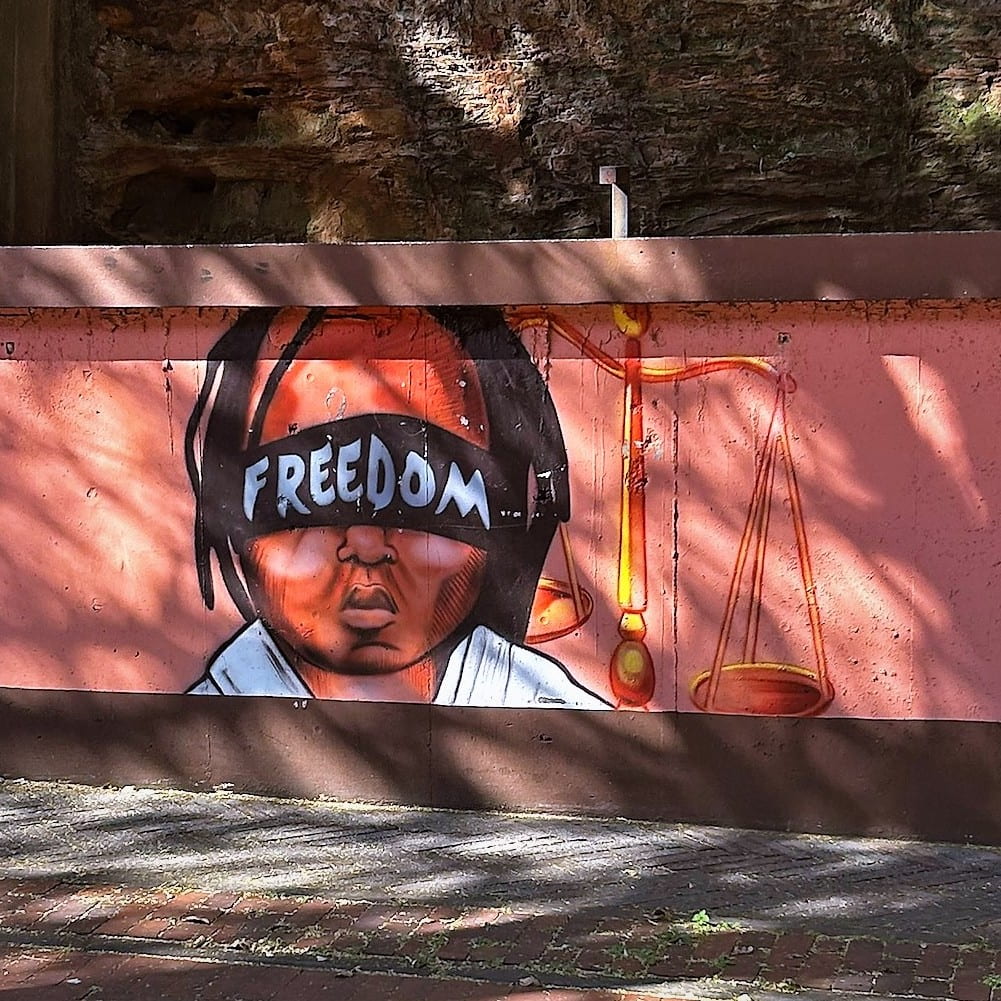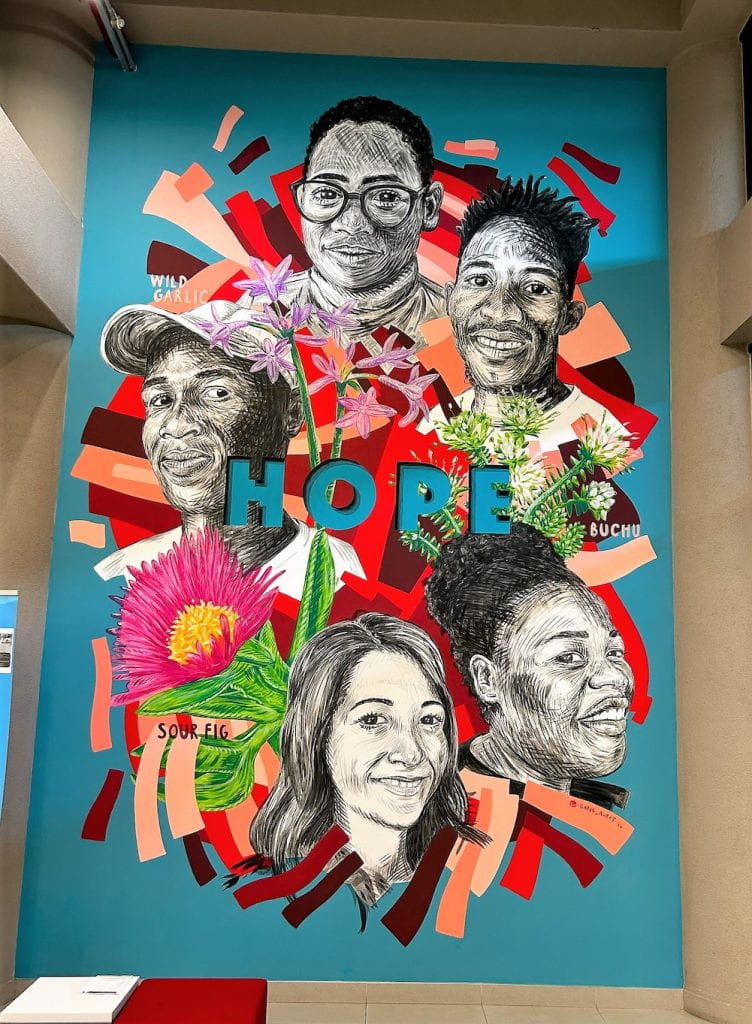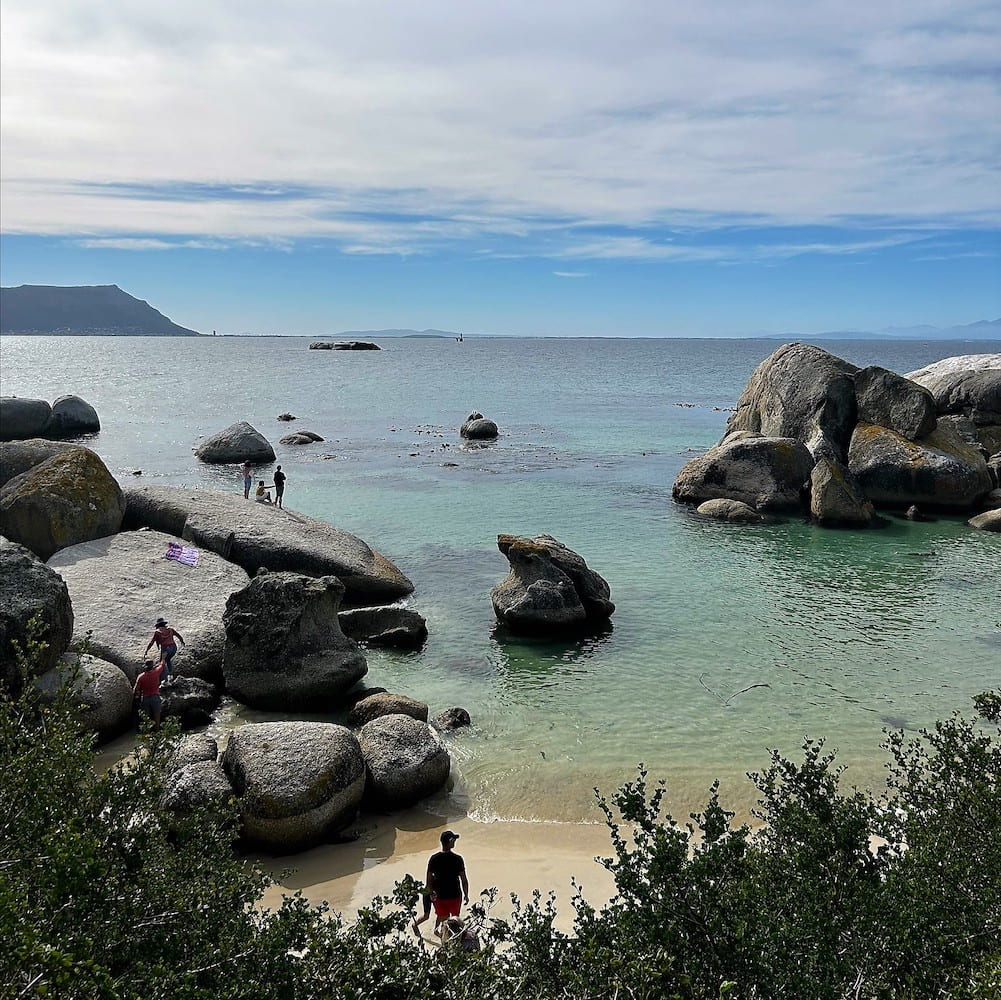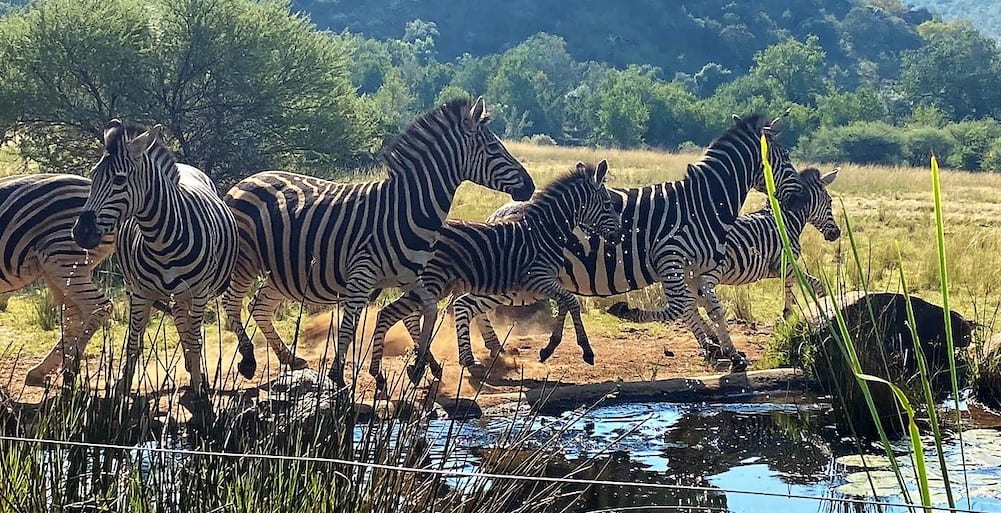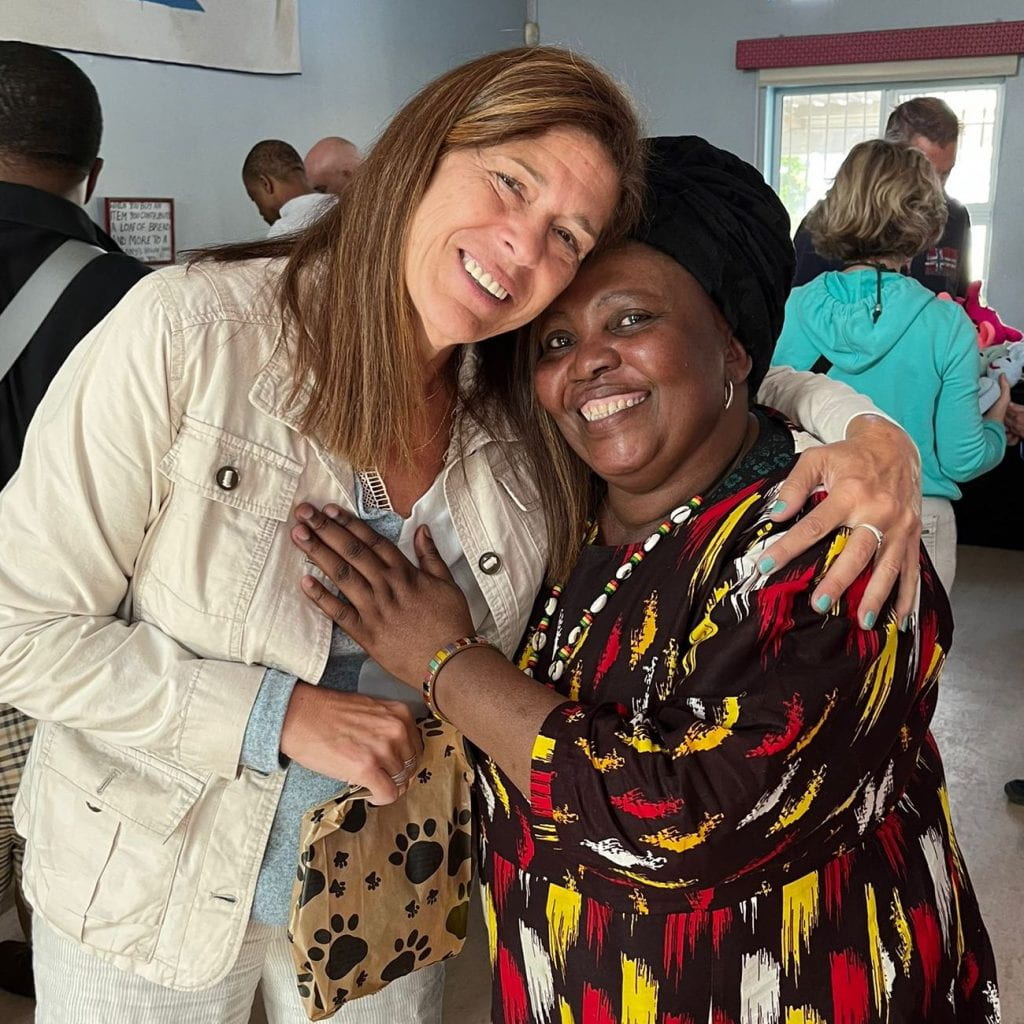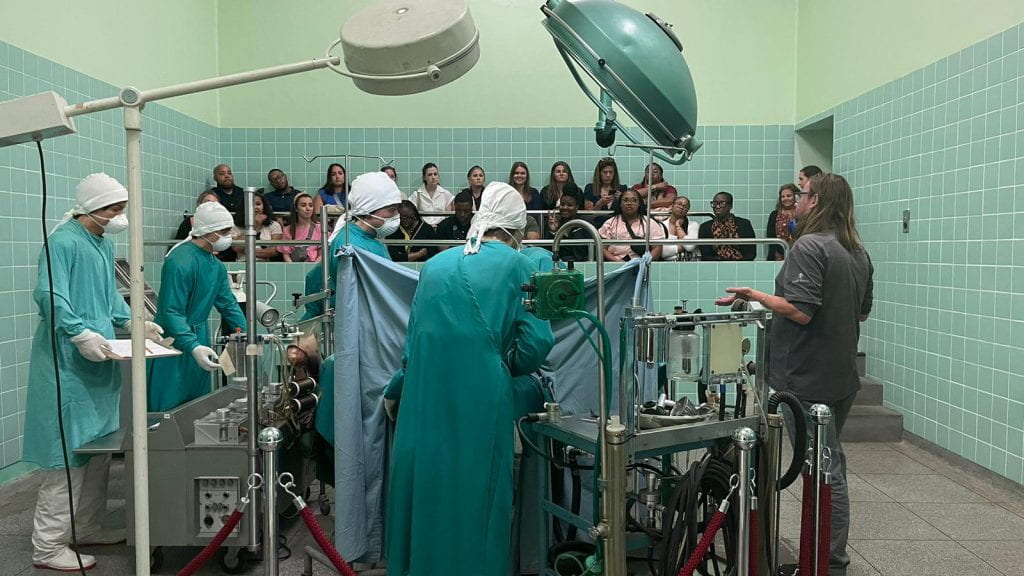
The Centers for Disease Control and Prevention (CDC), says 1 in 6 children between ages 3 and 17 have at least one developmental disability. A study by the Cooperative Children’s Book Center revealed only 3.4 percent of children’s books feature a main character with a disability.
Because of this disparity, Katie Beth Sharp (UAB OTD, 2024) created this single resource to make these books easily accessible.
How to Access
This database is a free resource from the University of Alabama at Birmingham entry-level Clinical Doctorate in Occupational Therapy (OTD) program. It is made for practitioners, teachers, caregivers, and the public.
The books are divided into easy to sort categories and include information about where, and how to access them. The database is an excellent tool for everyone to discover disability-inclusive literature and to promote inclusion and positive peer relationships among children of all abilities. Click a category of disability below to see the list.

Featured Books for Children
The Disability-Inclusive Children’s Literature Database began with nearly 550 books, and we continue to add books regularly. Because the list is so exhaustive and there are so many good books to share, we will feature different books here regularly.
Emmanuel’s Dream: The True Story of Emmanuel Ofosu Yeboah (4 – 8), by Laurie Ann Thompson & Sean Qualls
Emmanuel Ofosu Yeboah’s inspiring true story—which was turned into a film, Emmanuel’s Gift, narrated by Oprah Winfrey—is nothing short of remarkable.
Born in Ghana, West Africa, with one deformed leg, he was dismissed by most people—but not by his mother, who taught him to reach for his dreams. As a boy, Emmanuel hopped to school more than two miles each way, learned to play soccer, left home at age thirteen to provide for his family, and, eventually, became a cyclist. He rode an astonishing four hundred miles across Ghana in 2001, spreading his powerful message: disability is not inability. Today, Emmanuel continues to work on behalf of the disabled.
Thompson’s lyrical prose and Qualls’s bold collage illustrations offer a powerful celebration of triumphing over adversity.
Includes an author’s note with more information about Emmanuel’s charity.


True Biz, (YA) by Sara Novic
True biz? The students at the River Valley School for the Deaf just want to hook up, pass their history finals, and have politicians, doctors, and their parents stop telling them what to do with their bodies. This revelatory novel plunges readers into the halls of a residential school for the deaf, where they’ll meet Charlie, a rebellious transfer student who’s never met another deaf person before; Austin, the school’s golden boy, whose world is rocked when his baby sister is born hearing; and February, the hearing headmistress, a CODA (child of deaf adult(s)) who is fighting to keep her school open and her marriage intact, but might not be able to do both. As a series of crises both personal and political threaten to unravel each of them, Charlie, Austin, and February find their lives inextricable from one another—and changed forever.
This is a story of sign language and lip-reading, disability and civil rights, isolation and injustice, first love and loss, and, above all, great persistence, daring, and joy. Absorbing and assured, idiosyncratic and relatable, this is an unforgettable journey into the Deaf community and a universal celebration of human connection.
Calming My Body is as Easy as ABC (3+), by Taylor Wood Belich
This children’s book will take you on a journey through the alphabet with a fun activity for each letter that targets the senses to calm the body. The goal is to regulate the sensory system with sensory exploration of visual, auditory, tactile, proprioceptive, and vestibular input disguised through play. Reading this book aloud during circle time at school, or before a child does homework, or when a child feels overwhelmed it will aid them in the sensory regulation they need to focus and to perform the task at hand with more consistency and improved success. Regardless of what exceptionalities a child may have, this book is for all children to enjoy as we are all in need of calming our body from time to time.

Featured Books for Adults

Beyond Inclusion: How to Raise Anti-Ableist Kids, by Carrie Cherney Hahn
If the question is “How do you raise anti-ableist kids?” the answer is “Become anti-ableist and then model it through intention and action for your children.”
Parents want to be inclusive of their disabled and neurodivergent neighbors and want to pass these values along to their children. What holds them back is not having the education or experience on how to appropriately do this. Beyond Inclusion breaks down fifteen common forms of ableism, with explanations, examples, and first-person accounts. Doing better starts with knowledge.
Author Carrie Cherney Hahn offers activities and perspectives that help parents understand the ableism that exists within them and supports their ability to process and dismantle it so that they can model anti-ableist practices for their kids. Each chapter offers children’s resources that parents can use to nurture informed and anti-ableist ideals in their kids.
Inclusion is actually the bare minimum. Our work is to show our children how to become more understanding, more accepting, and more appreciative of disabled and neurodivergent people.
Thank you for your participation. We hope you were able to find the resources you were looking for.








